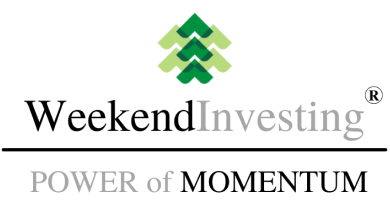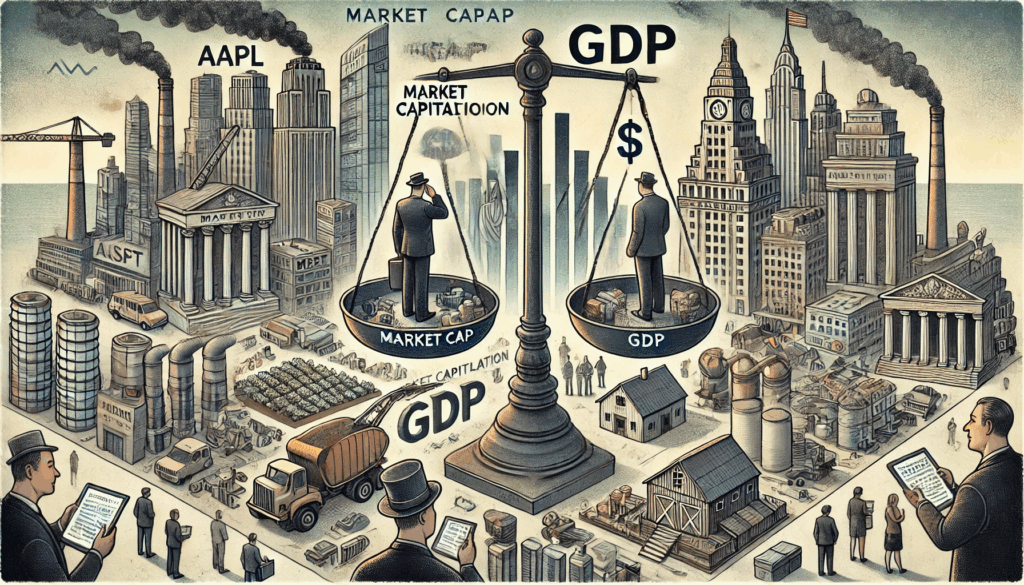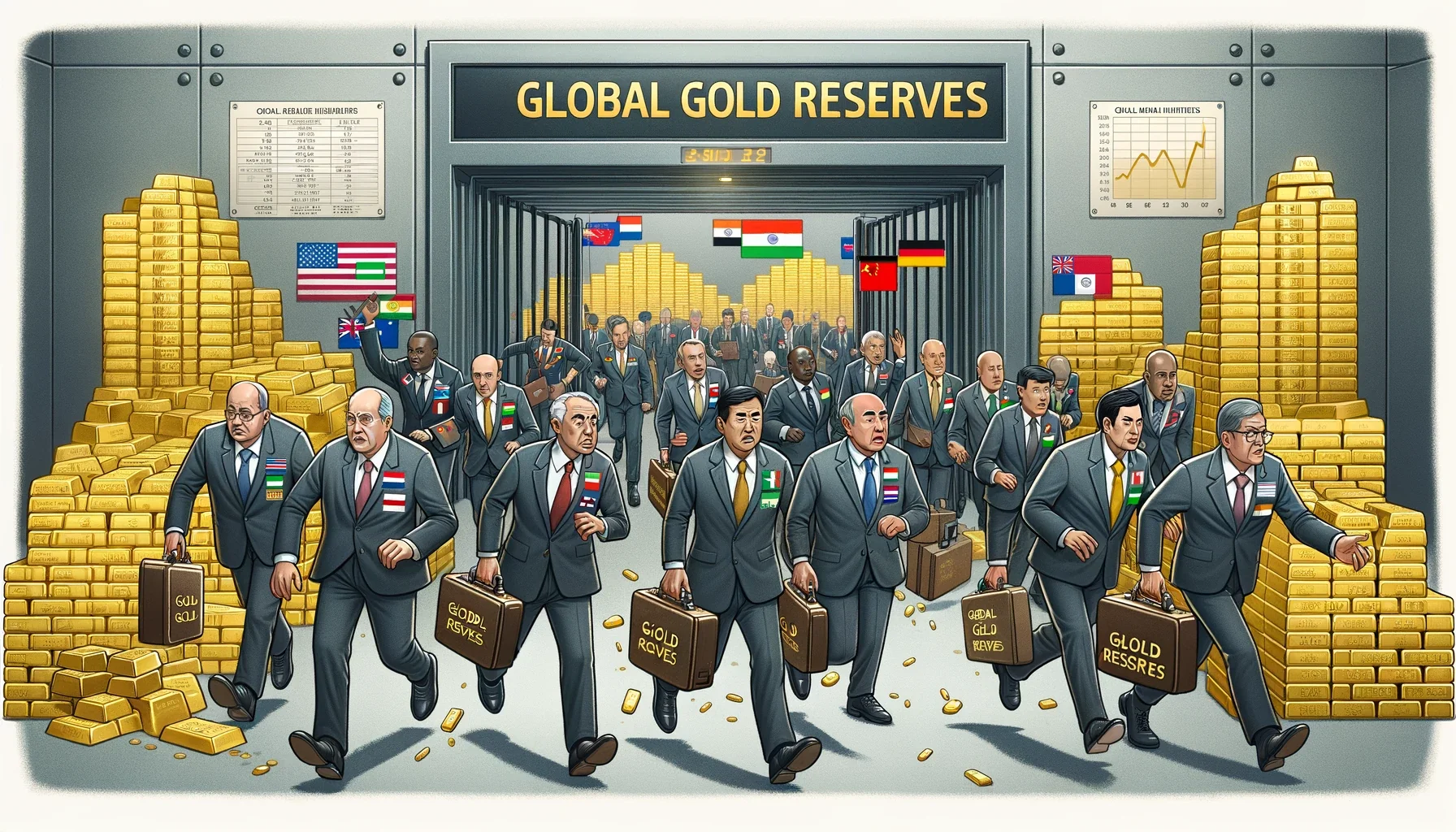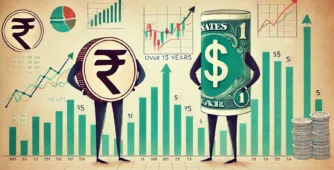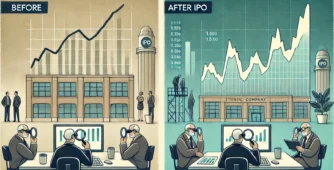Understanding the Market Cap to GDP Ratio
One of the most intriguing indicators in the realm of stock markets is the Market Capitalization to GDP ratio. This ratio compares the total value of the stock market to the country’s Gross Domestic Product (GDP). For instance, if the GDP is ₹100 and the market capitalization is ₹72, the ratio would be 72%. Over the past 25 years, this average ratio in India has remained around 72%.
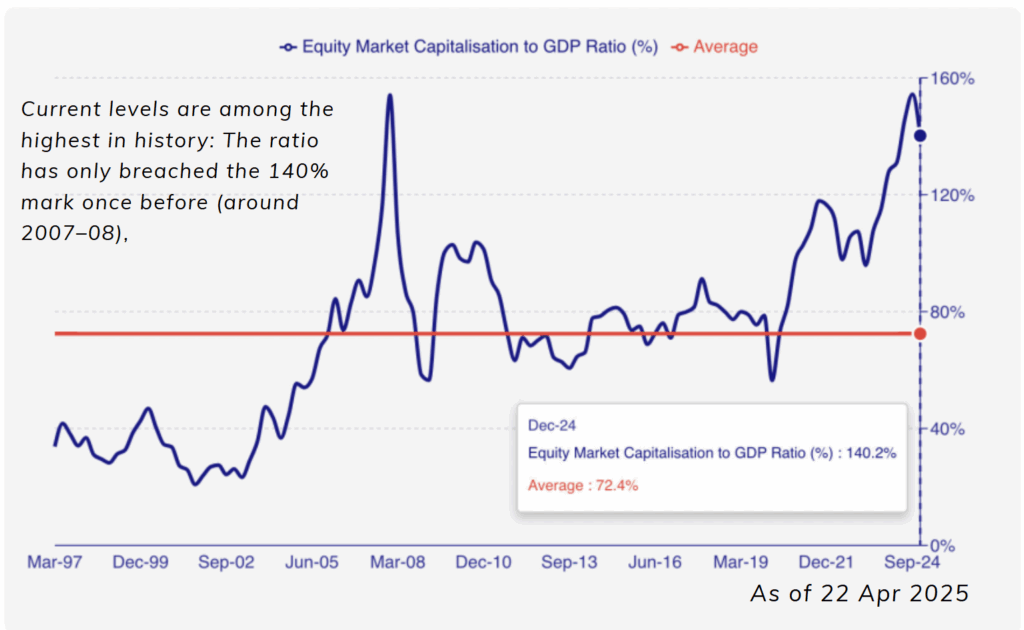
Equity Market Capitalisation to GDP Ratio (%) (Source: Source : BSE / MOSPI / Zerodha)
When the Ratio Becomes Excessively High
At times, this ratio can rise significantly above the average. For example, in 2007–08, it exceeded 140%. When the ratio climbs above 120%, it typically serves as a warning sign. This may indicate that the market is overheated or overvalued, often referred to as a ‘red flag’ for investors. Historical data shows that when this ratio reaches elevated levels, markets usually experience corrections or declines shortly thereafter.
Current Market Situation and Pressures
Currently, the ratio is once again nearing high levels (around 147.5%), suggesting potential pressure in the market unless GDP experiences robust growth. Major corrections occurred in 2008 and 2020 after the ratio spiked. Recently, since September 2024, there have been indications of another correction in the market.
Two Main Theories Behind the Trend
Two primary factors contribute to this trend. One is the global economic landscape. Many countries, including the US and nations in Europe, are experiencing similar patterns. The significant amount of currency printed in recent years has led to substantial increases in stock markets, resulting in asset inflation, while real GDP growth has not kept pace.
The second factor is the increased emphasis on equity markets and the accommodative monetary policies of central banks. For the last 45 years, markets have benefited from central bank support through increased liquidity and money printing. However, markets cannot continue to rise indefinitely. Eventually, they must return to normal levels, leading to inevitable corrections.
What Should Investors Do?
Navigating this situation can be challenging, and no one has a definitive answer. However, it is crucial to remain prepared. If the market cap to GDP ratio begins to trend back toward the average, investors should be ready to adjust their positions accordingly. Understanding which sectors to invest in and which to exit will be vital in the coming months.
What’s your take on the current Market Cap to GDP ratio? Are we headed for a correction or holding strong? Drop your thoughts in the comments! If you found this post helpful, share it with someone who tracks the markets like you do!
WeekendInvesting launches – The Momentum Podcast
In this episode of the Momentum Podcast by Weekend Investing, we sit down with Sudheer , a software engineer from Infosys who shares his honest and inspiring investing journey—from early losses in derivatives and scams to his turnaround using Weekend Investing’s smallcases.
💡 Hear how Sudheer allocates ₹30,000/month, balances risk with gold, navigates market dips confidently, and the crucial mindset shift he learned through momentum investing.
👉 Don’t miss Sudheer’s powerful advice for new investors and the importance of discipline and long-term thinking.
Fill in the form below to be part of this exciting series : https://forms.gle/HDbEk9xrTjVecW2c9
